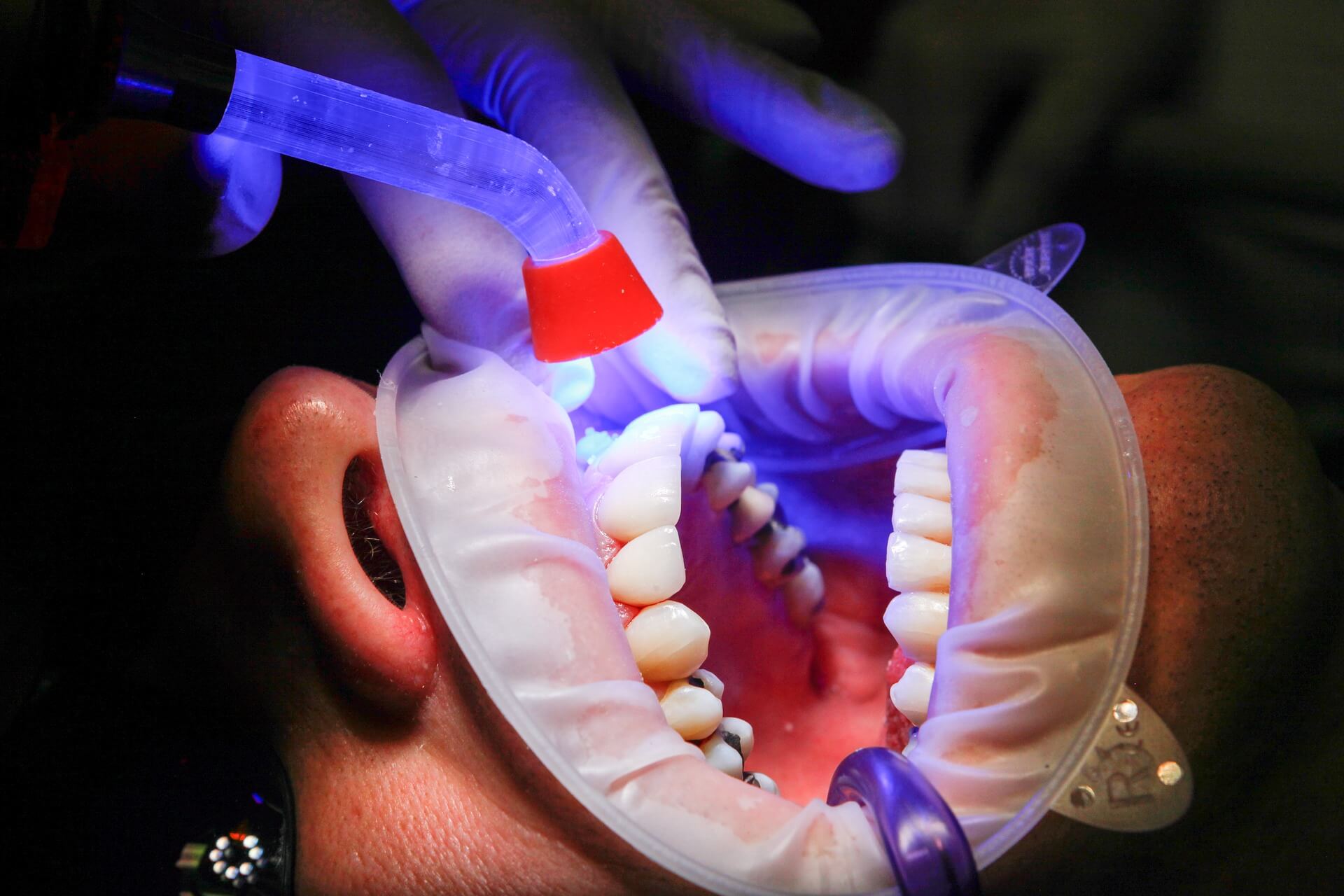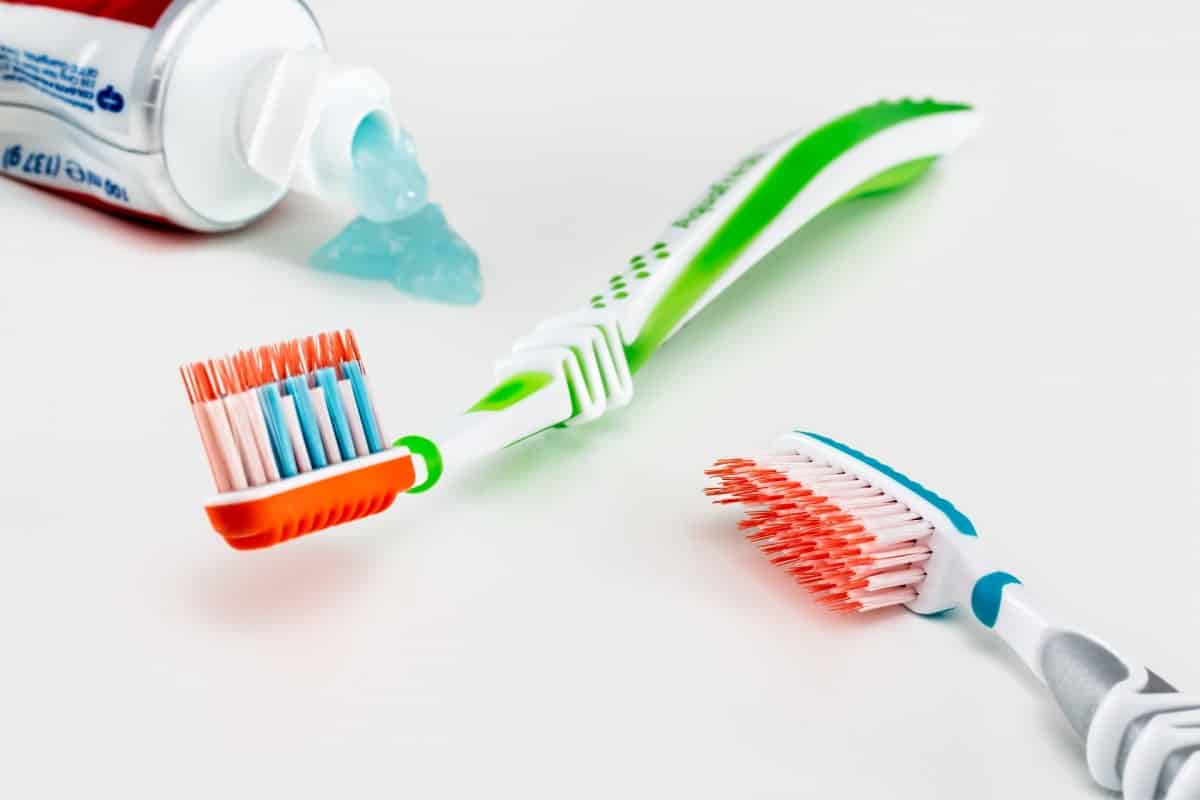
Tooth whitening is a common aesthetic treatment around the world. To obtain better results, higher concentrations of oxidizing agents and longer application times are needed, but this may increase side effects like hypersensitivity and pulp damage, tooth demineralization and gingival irritation. Besides, the need to apply these products for hours is not very comfortable for the user, writes the Autonomous University of Barcelona – UAB – in a press release.
Typical tooth whitening treatments are based on the oxidizing power of hydrogen peroxide, which breaks the double bonds of the staining molecules on the teeth’s surface making them unable to absorb light. This way the molecule becomes transparent, thus obtaining a bright, clean and white smile.
Less time needed and less side effects
In a recent work of the Research Group of Separation Techniques in Chemistry (GTS) from the UAB in collaboration with the ALBA Synchrotron, researchers have used bovine incisors as in vitro model to study the side effects of whitening treatments. They compared typical whitening treatments (based on oxidation with carbamide peroxide) to a new treatment developed and patented by the authors through reduction via metabisulfite, which also makes the staining molecules colorless. However, metabisulfite presents a faster whitening effect, which permits the use of lower concentrations and shorter application times. Results showed how the whitening effect of the novel treatment is highly improved in terms of application time needed, with the consequent reduction of side effects. This makes it a promising candidate to develop novel whitening treatments.
“The whitening effect increased when metabisulfite is encapsulated within liposomes (vesicles made out of lipids), since it favors the diffusion of the reducing agent into the enamel, obtaining significant whitening results in 3 minutes.” explains Manuel Valiente, professor of the UAB’s Department of Chemistry and director of GTS.
In addition, they found that using oxidizing or reducing treatments promotes different mineral changes.
This was known thanks to the chemical imaging performed at the MIRAS beamline of ALBA. It is the first time that synchrotron light is used to map the bovine incisor’s enamel chemically, and to determine the effect of a whitening treatment in terms of chemical mineral modifications, and the extent in deep of these effects.
Experiments at the MIRAS beamline in ALBA
When analyzing the side effects of whitening treatments on enamel, most of the studies are focused on determining the changes in its mechanical properties, like surface hardness or roughness; however, these techniques are not able to provide information about the chemical changes taking place.
Fourier transformed infrared (FTIR) spectroscopy is a molecular vibrational technique that has been shown to be advantageous to investigate mineralized tissues like teeth, providing information on the chemical structure at the molecular scale. The addition of a microscope to FTIR microspectroscopy has led to the possibility of combining biochemical with spatial information. This is known as chemical imaging and has the potential to examine tissues at cellular resolution.
“Synchrotron-based Fourier transformed infrared microspectroscopy technique, available at the MIRAS beamline in the ALBA Synchrotron, can provide very precise chemical information in small areas, therefore it is a very suitable technique to study the changes induced by whitening treatments and to characterize the extent of its effects with precision.” Explains Ibraheem Yousef, scientist responsible of MIRAS beamline.

Selected for you!
Innovation Origins is the European platform for innovation news. In addition to the many reports from our own editors in 15 European countries, we select the most important press releases from reliable sources. This way you can stay up to date on what is happening in the world of innovation. Are you or do you know an organization that should not be missing from our list of selected sources? Then report to our editorial team.






